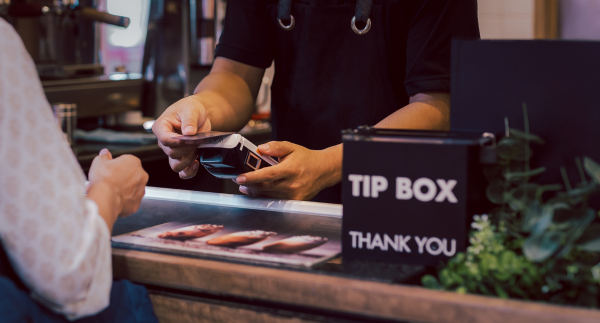Marketing for small businesses: a beginner’s guide
Setting up a small business is not an easy task. It’s a highly competitive world and if you’re a small business owner, you’ll need to make sure you stand out. Hiring a PR company is usually impossible as these can cost upwards of £3,000 a month, so when it comes to marketing for small businesses, many resort to a ‘Do It Yourself’ approach.
This isn’t as bad as you might think. It gives you complete creative freedom on how you want your organisation to be perceived. But many a small business has failed due to poor handling of marketing, and it can be particularly difficult to know where to start. So with that in mind, here’s a rough timetable of where you should be at what stage of your campaign.
1. Before trading
You should commence your marketing campaign before you’ve even started trading, otherwise you run the risk of ordering stock or services and having nobody to sell to.
Make sure you set aside an afternoon to sort out a plan for the next six months at least, but don’t be afraid to deviate from this as you experiment with what works and what doesn’t.
Your plan should contain a variety of potential strategies for getting your business out there, with the most crucial ones catering for the online community and the local area that your firm is located in. Methods that reach both of these parties – such as promoting on Google Ads – should be prioritised.
Try to start a buzz about your business before you even get it going. Remember that this is big news. Talk to the local media in your area – the radio and newspapers – and see if they have a ‘new business’ section or how much their advertising is. There’s a story behind every small business, so don’t be afraid to get out there and tell it.
2. First month of trading
At this early stage, your efforts should be devoted to trying out a variety of different tactics to entice customers. But there are also some basics you should be dealing with.
You should have established your social media efforts within the first month in order to take advantage of any local news coverage your business might be attracting. Start with Facebook and Twitter and make sure they’re working in harmony with one another, as well as your website. If you’ve got some news, new products or you’ve moved premises, post it on all three to reach the maximum number of people. It’s crucial to talk to your fans and followers – engagement is the key with social media.
It’s also a good idea to try directly targeting those around you within the first month. Leafleting is a tried and tested tactic, but don’t shy away from promoting at local community events. Getting your face (or voice) out there and engaging with people is a sure-fire way of making a loyal customer base.
3. Second month of trading
If you’ve been putting effort into your advertising attempts, you should have a good number of people on your social websites by now, so try posting some content that is a little bolder in order to promote discussion.
If not, now is a good time to review things. What could you be doing better? Are you focusing too much attention on one aspect of your campaign and not enough on the other elements?
4. Third month of trading and beyond
By now, you should have a fairly good idea of what works and what doesn’t, but keep those strategies supported by constant experimentation.
Marketing for small businesses shouldn’t be something that is simply ‘set up’ when the business commences; you should devote time to it every week in order to ensure expansion. Try pairing up with a compatible (but not competitive) business friend. Extend your social media efforts to other sites. All this ensures your campaign never becomes boring and people continue to find your efforts fresh and interesting. For more marketing ideas visit our hub.





